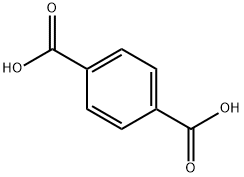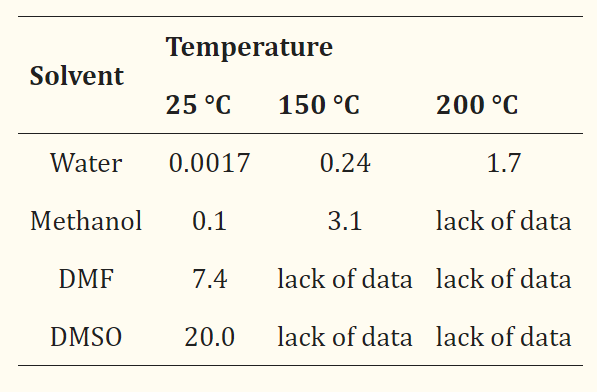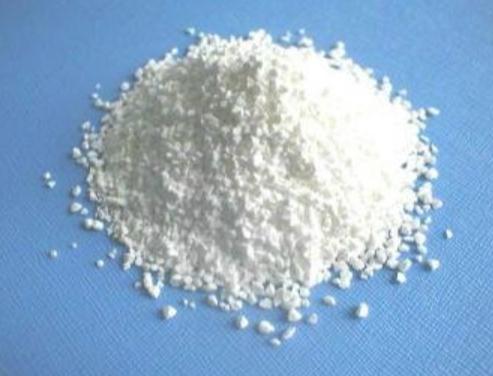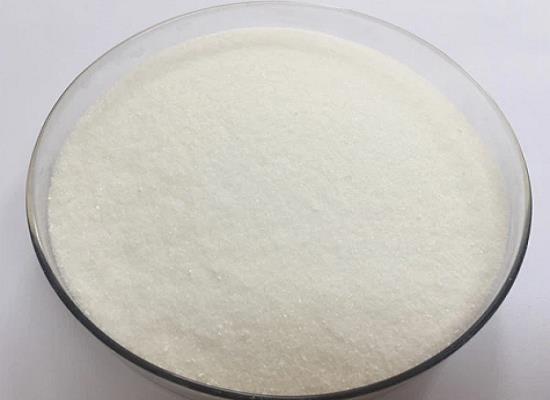Terephthalic Acid: A Key Component in Sustainable Polymer Production
Terephthalic acid (TPA) is a white crystalline powder that serves as a fundamental building block in the production of polyesters, notably polyethylene terephthalate (PET). It is also used in the production of PBT plastic (polybutylene terephthalate).
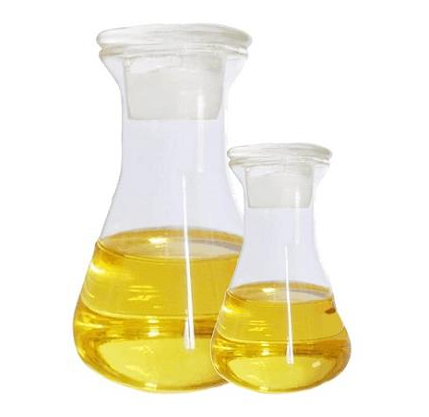
Synthesis
Terephthalic acid is produced on large scale (ca. 34 million tons per annum) by air oxidation of p-xylene. Production of p-xylene from biomass has been reported. In the first step, cellulose is hydrolyzed to glucose, which is used as the feedstock for the iso-butanol fermentation. Iso-butene is then synthesized through a dehydration step from iso-butanol. After a dimerization step from iso-butene into iso-octene, p-xylene is obtained via a catalytic conversion step. A similar process from fermentative bioethanol via 1-butanol has been reported as well (Figure 1).1

Figure 1 From bio-based iso-butanol to terephthalic acid
Oxidation Mechanism
The oxidation of p-xylene proceeds by a free radical process. Bromine radicals decompose cobalt and manganese hydroperoxides. The resulting oxygen-based radicals abstract hydrogen from a methyl group, which have weaker C–H bonds than does the aromatic ring. Many intermediates have been isolated. p-xylene is converted to p-toluic acid, which is less reactive than the p-xylene owing to the influence of the electron-withdrawing carboxylic acid group. Incomplete oxidation produces 4-carboxybenzaldehyde (4-CBA), which is often a problematic impurity.
Applications
Terephthalic acid (1,4-benzenedicarboxylic acid) is used for the production of polyesters with aliphatic diols as the comonomer. The polymer is a high-melting, crystalline material forming very strong fibers. It is the largest volume synthetic fiber and the production of terephthalic acid is the largest scale operated process based on a homogeneous catalyst. More recently the packaging applications (PET, the recyclable copolymer with ethylene glycol) have also gained importance.
References:
[1] FUESSL A, YAMAMOTO M, SCHNELLER A. Opportunities in Bio-Based Building Blocks for Polycondensates and Vinyl Polymers[C]. 1900. DOI:10.1016/B978-0-444-53349-4.00132-1.You may like
Related articles And Qustion
Lastest Price from Terephthalic acid manufacturers
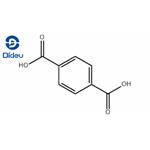
US $0.00-0.00/KG2025-12-13
- CAS:
- 100-21-0
- Min. Order:
- 1KG
- Purity:
- 98
- Supply Ability:
- 10000KGS

US $0.00-0.00/KG2025-07-16
- CAS:
- 100-21-0
- Min. Order:
- 1KG
- Purity:
- 98%min
- Supply Ability:
- 30tons/month
